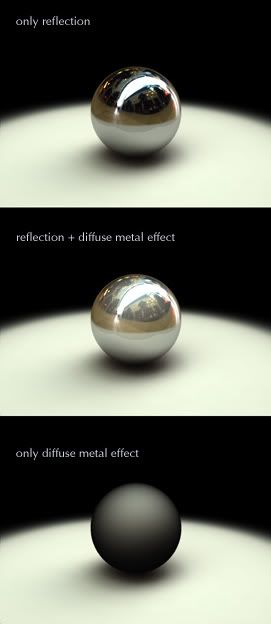- Mon Oct 17, 2005 12:41 pm
#69733
NL says, Maxwell will be physical correct, so I hope we get a better metals.
I started this post, because I think Metals in Maxwell looks to simple. Please read my first post. The default metal material seems to use only reflections. But if you look around you will see a "diffuse" glow behind the reflections in many used metals. This glow can not reproduce per plastic shader, because it follow other laws. Here should be used a other surface model as diffuse.cugniet wrote:Hervé, to be totally honest, I don't really understand your problem on metals, so I post a little test. What do you think about ?
NL says, Maxwell will be physical correct, so I hope we get a better metals.
Rhino3D and more - 3D visualisation for designers and architects ... my gallery ... Freelance. ... www.simulacrum.de






 - By Gaspare Buonsante 20200309160206
- By Gaspare Buonsante 20200309160206